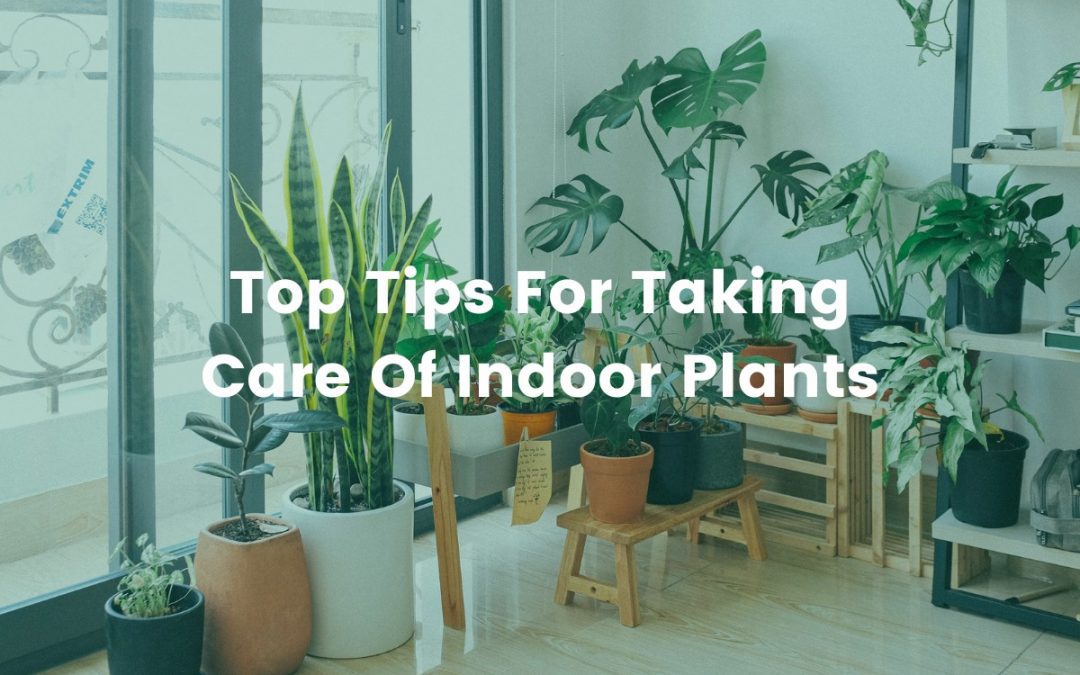Indoor horticulture gives life to any inside space. If you’ve read one of our blogs before, you’ll be well aware of the numerous benefits plants can bring, from adding a splash colour to purifying the air we breathe by absorbing harmful chemicals.
However, you’ll probably also know just how hard looking after plants can be. Seeing something you’ve cared for flourish is a thrilling experience, but it’s certainly a labour of love that demands patience.
With our seasoned green fingers and knowledge of plant practices, we thought we’d share three of the most important elements your potted pals need to keep lush and lively.
How much light do indoor plants need?
Like all living things, each plant has unique and individual needs. Species to species, yes, but also plant to plant – so know your greenery’s preferences. Similarly, though, all living things need light. Plants included.
What does vary is the amount of sun exposure a plant might require. Cacti and succulents, for instance – as you might gather from their native desert environment – need continuous, daily sunlight, whereas plants with foliage should have no more than eight hours a day.
While some plants do well in the sun, others are better suited to the shade. Then there are those tricky in-betweeners who like being moved from shade to sunlight in the winter months. Don’t forget, though – as Pick Up Limes’ Sadia Badiei notes in her tips for beginners’ video, “generally speaking, plants don’t like to be moved. They get accustomed to the environment that they’re in.” So only move your plants if you have to.
How often should you water indoor plants?
Seeing as it can make up to 95% of a plant’s tissue, it’s unsurprising that watering in the right way is essential to thriving foliage. As Badiei advises, “overwatering and underwatering plants is probably the single most common reason a lot of houseplants die.” Therefore, knowing how much watering each of your plants expect is critical to their survival.
But if you’re struggling to confirm the volume of water a particular plant needs, Better Homes & Gardens’ Andrea Beck recommends that it’s “better to err on the dry side than to give your plants too much moisture. When water pools at the bottom of the pot, roots can rot.” As Bediei puts it, plants don’t like having “wet feet.”
In between waterings, Badiei also stresses letting the soil dry off. She suggests burying your fingers a few centimetres below the soil’s surface to assess the moisture levels. If it’s still wet, skip watering.
Should you feed indoor plants?
We all know how important water is to plants, but many of us forget that they need feeding, too! While indoor plants don’t demand as much of it as outdoor ones, fertiliser is essential to the health of almost all horticulture.
How much depends on a handful of things: the time of the year, the age and growth rate of the plant, and whether it’s a bloomer or not. While there is no strict rule, identifying these features can steer you right.
As most houseplants experience a growth spurt in the summer, Beck suggests this is the best season for fertilising. Like with watering, though, fertiliser must be applied in moderation. Too much can burn the roots and even stunt growth. Not all fertilisers are created equal, either, so be sure to know what chemicals you’re putting on your plants. If in doubt, it never hurts to look at the label.
Do you have green fingers?
We are currently hiring for a range of positions within our growing business. Are you looking for a job where you can put your knowledge of plant care and horticulture to the test? One day you could be nurturing tropical plants on a roof-top garden and the next, tending plants within a huge living wall!
We’re an inclusive, innovative, forward-thinking Family Business where hard work is recognised/rewarded, and there is scope for further career progression. Check out our career page to find out more.
Only scratching the surface of indoor planting
The practice of taking care of plants is unending. Nature never stops. Keeping up with it takes many more tips than the ones we’ve just given you. Whole libraries are dedicated to gardening, whether that’s inside or out, and there’s always more to learn. If you’d like to pick our brains about plants, send us a message.

